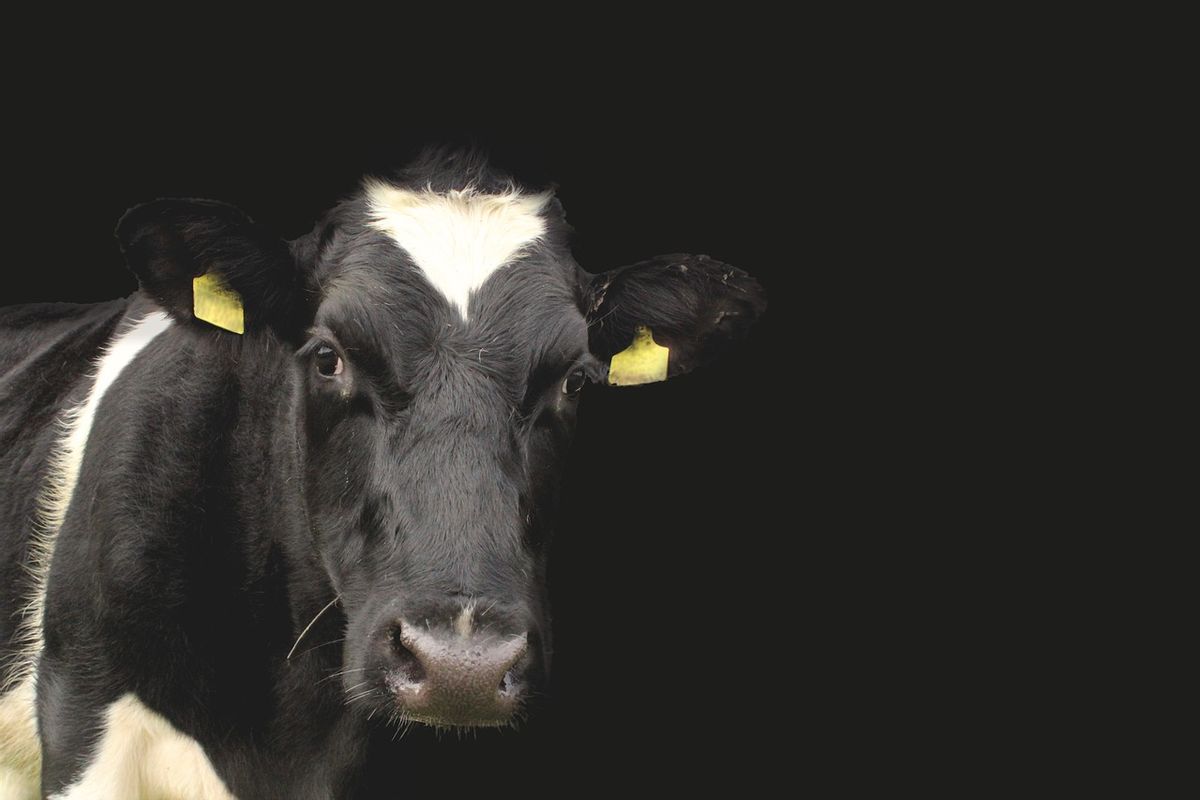Despite its intrinsically simple origin story, the question of how chocolate milk is made has been a topic of online lore for years. Claims suggesting the childhood favorite is concocted from cow’s blood or made with expired milk have been found in corners of the internet for years.
Take, for example, a post shared to the question-and-answer platform Quora asking whether "dairies use second-rate milk for chocolate milk to disguise the ‘off’ color" (archived here), or an extremely confusing 2022 article on the Nunu Chocolates website titled "Chocolate Milk Made From Expired Milk: Just As Nutritious And Mellow In Flavor" (archived here), which claims that chocolate milk "can be made with either fresh or expired milk."
But the accusation that commercially sold chocolate milk is intentionally made from expired milk is not supported by any available evidence.
Commercial chocolate milk is made more or less the same way hot cocoa is made at home in the kitchen, according to a 2019 review examining traditional milk-based beverages in various countries.
“Cocoa or chocolate milk drinks are dairy-based products, which are manufactured from heat-treated milk with the addition of cocoa powder and sugar and eventually stabilizers. After adding the powders, the product is heat treated with an accepted process, cooled, and filled,” the authors wrote.
In other words, chocolate milk is made by adding sugar and cocoa to white milk, according to the dairy public relations group Dairy Farms of Washington.
“Claims that expired milk is reused to make chocolate milk subsequently sold to the public in retail establishments are bogus and complete misinformation,” Matt Herrick, a spokesperson for the International Dairy Foods Association, told Snopes in an email, adding that:
All flavored and non-flavored fluid milk made in the United States is considered Grade A under federal standards and as a result must be pasteurized and packaged in processing facilities regulated under the Food and Drug Administration’s (FDA) Grade A Pasteurized Milk Ordinance (PMO).
The PMO establishes stringent requirements to ensure the safety and quality of Grade A milk and milk products. State regulators inspect Grade A facilities multiple times every year with FDA oversight. Information on how Grade A facilities are regulated in the United States can be found here. Milk is one of the most regulated food products in the United States.
Alberta Milk, a nonprofit organization that represents dairy producers in Alberta, Canada, notes that fresh milk is perishable and that “milk that has passed its best before date is not recycled into other products. No milk or dairy products are produced with any contaminated or old milk.”
The same standards apply in the U.S., Harrick noted.
“While a small subset of milk processors may collect expired milk from local retailers to assist with its disposal — and only for disposal — the vast majority of milk sold in retail stores is disposed of onsite at the retail establishment by pouring it down a drain,” said Harrick.
Except for infant formula and some baby food, there are no federal regulations governing the dating of foods, according to the U.S. Department of Agriculture. The dates stamped on perishable foods prefaced with phrases such as “use by,” “sell by,” and “best if used by” are quality markers, not safety markers.
“Because dates are applied to ensure quality, milk is more than likely safe to drink beyond the date printed on the package,” wrote the organization. “Spoiled foods develop an off odor, flavor or texture due to naturally occurring spoilage bacteria. If milk exhibits any characteristics of spoilage, it should be thrown out. Otherwise, the milk can be consumed with confidence."

